Doctors Z and Aivee Teo, one of Manila’s most stylish and most photographed couples, give us an exclusive tour of their home and flourishing art collection. Based on their experience as young art collectors, they also offer us a number of practical tips that are often lost on aspiring art collectors. Aivee, a well-loved dermatologist, also recently celebrated her birthday.
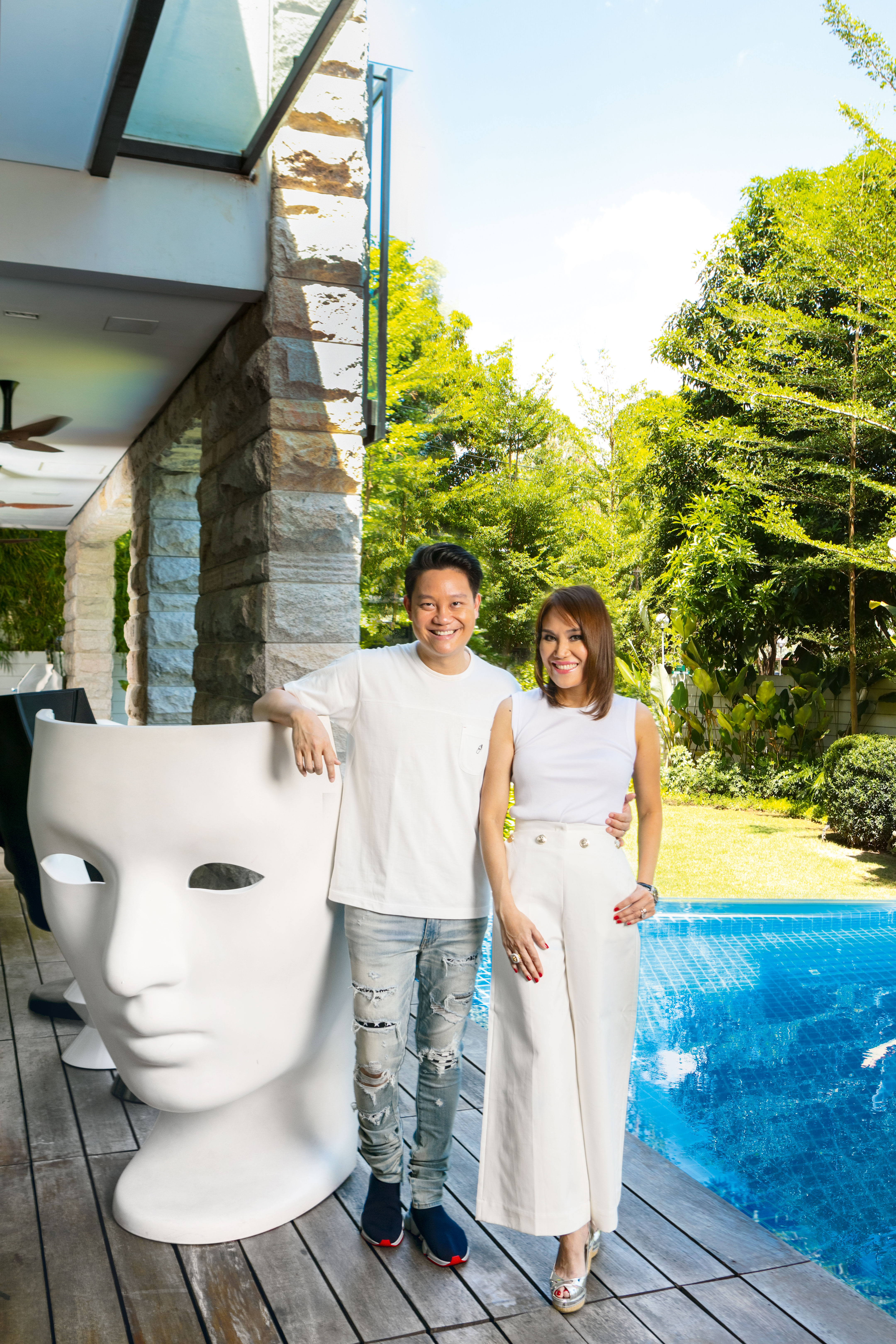
By Alex Y. Vergara
Photography by Jar Concengco
(This story first appeared in the most recent issue of PeopleAsia Enclaves)
Art has been a central and integral part of Z and Aivee Teo’s lives ever since they got married 12 years ago. Every painting that hangs on the walls of the well-loved couple’s Makati home, as well as their chain of beauty clinics in Metro Manila, says Aivee, is tied to a particular chapter in their lives.
Such is the sentimental value they’ve placed on each and every acquisition that letting go of any of them is “like letting go of a part of our memories,” she adds.
Aivee is simply responding to our question regarding the possibility that she and the hubby might one day outgrow or even lose interest in certain pieces that now make up their prized and growing collection, since both of them are still fairly young and at the peak of their careers.

That will never happen, they insist.
“Our taste and way of thinking may change, but the memories we associate with something precious and special, which came to us at one point in our lives, will never leave us,” says Aivee, one balmy afternoon, as she and husband Z welcome PeopleAsia Enclaves to their modern, three-story home, which also features a blue-tiled, glass-lined swimming pool.
Vivid recollections

The couple vividly recalls what went about before they decided to add a particular painting to their collection, including how they each felt before and after making a considerable purchase.
One such instance happened not in Manila, but in San Francisco, some years back, when the couple was spending their vacation in the West Coast. It involved an artwork by Swedish-American painter Anna Halldin Maule.
Known for her “hyper-realistic” oil paintings of women’s faces and body parts juxtaposed with such everyday objects as ribbons, bouquets, laces, butterflies and even mudpacks, the artist, through her artworks, found a pair of instant fans in the Teos.
“We found ourselves one day in this gallery and saw a painting by Anna that caught our attention,” Aivee recalls. “Since we were far away from home, Z and I couldn’t make up our minds whether we should buy it or not. But every single day while we were in San Francisco, we would go to the gallery and stare at Anna’s painting.”
On the eve of their departure for Manila, the couple made one last visit to the gallery. Holding on to each other’s hand, they left it this time happy and with a sense of completion since they decided to finally buy Maule’s work. The pair first had it shipped to Singapore. After a few years, they decided to move the piece to Manila in time for the opening of their flagship beauty clinic at the Fort called the A Institute.
Maule’s work, featuring a woman’s face that’s partly obscured by swatches of black lace, now hangs on one of the walls of the A Institute, alongside other works of art.
Akin to a major event
Since every decision they’ve made with regard to buying a new artwork is akin to a major event or milestone in their lives, they always end up distinctly remembering how they felt at that very moment, says Aivee, including “our thought process and situation.”
How and where did they find such a particular artwork? Did a friend or the owner of a gallery they frequent recommend it to them? Did serendipity play a role once more in a painting’s “discovery?”
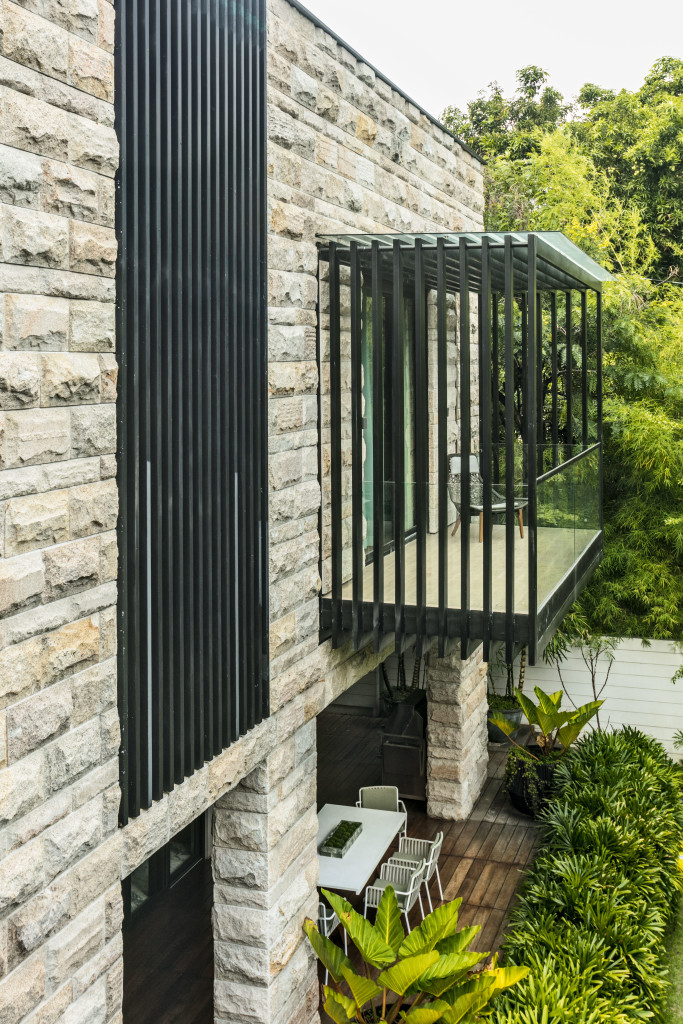
Did they buy a particular piece outright or did they have to wait and save up in order to afford it? Were they even arguing about the strengths and weaknesses of a particular artwork (which they sometimes do) or did they agree to buy it almost immediately?
Whatever the answers to these questions are, almost every detail surrounding a particular work of art they bought is stored in their hearts and minds. They need only see and reacquaint themselves with a particular painting to help them unlock these beautiful and very personal memories.
For his part, says Z, referring to their collection, “I also can’t imagine parting with them. Maybe I could ship them out and display them somewhere else, but I’d still hang on to them.”
The couple also maintains a house in Z’s native Singapore. While their home in the Philippines features Filipino art, their Lion City address showcases a more eclectic mix with artworks by Korean, Indonesian, Thai and even American artists.
Introduction to art
Z started slowly collecting artworks in Singapore when he was still single. But his exposure back then, he says, was pretty limited to a number of Asian and Western artists. It was only after he married Aivee that his exposure to Filipino art and artists began.
Although Aivee has been exposed to a number of Filipino masters through her art-loving mother, Las Piñas Mayor Mel Aguilar, she hardly paid any attention to them since the studious future doctor was always buried in books.
“We were starting to build our house in Manila when our Singaporean friends (who also collect art) told Z to start buying Philippine art because Filipino artists and their works were starting to get more known internationally,” says Aivee.
Z followed their advice and, to his pleasant surprise, “it was love at first sight” the moment he got to know and “experience” Filipino art on a deeper level. But just like in Singapore, he didn’t immediately go on a buying spree in Manila.
Thin line
“We also don’t want this house to look like an art gallery,” Z shares. “There’s a thin line between a house with artworks and a house that looks like an art gallery.”
Should they run out of space, which, from all indications, isn’t that remote a possibility anymore, they could always find a place of honor for their other paintings in any of their four clinics. But it doesn’t mean, says Z, that artworks, which have ended up in their clinics are any less than those featured in their two homes.
Since their lives as beauty doctors revolve around making other people look and feel beautiful, Z and Aivee have purposely selected paintings with subjects like faces, hands, facial muscles and various body parts for their clinics. Some are nudes, while others are artistic renderings of, say, a person’s nerves, fibers and muscles.
“As long as they’re tastefully done, we have no problem with nude paintings, no problem at all,” Aivee assures.
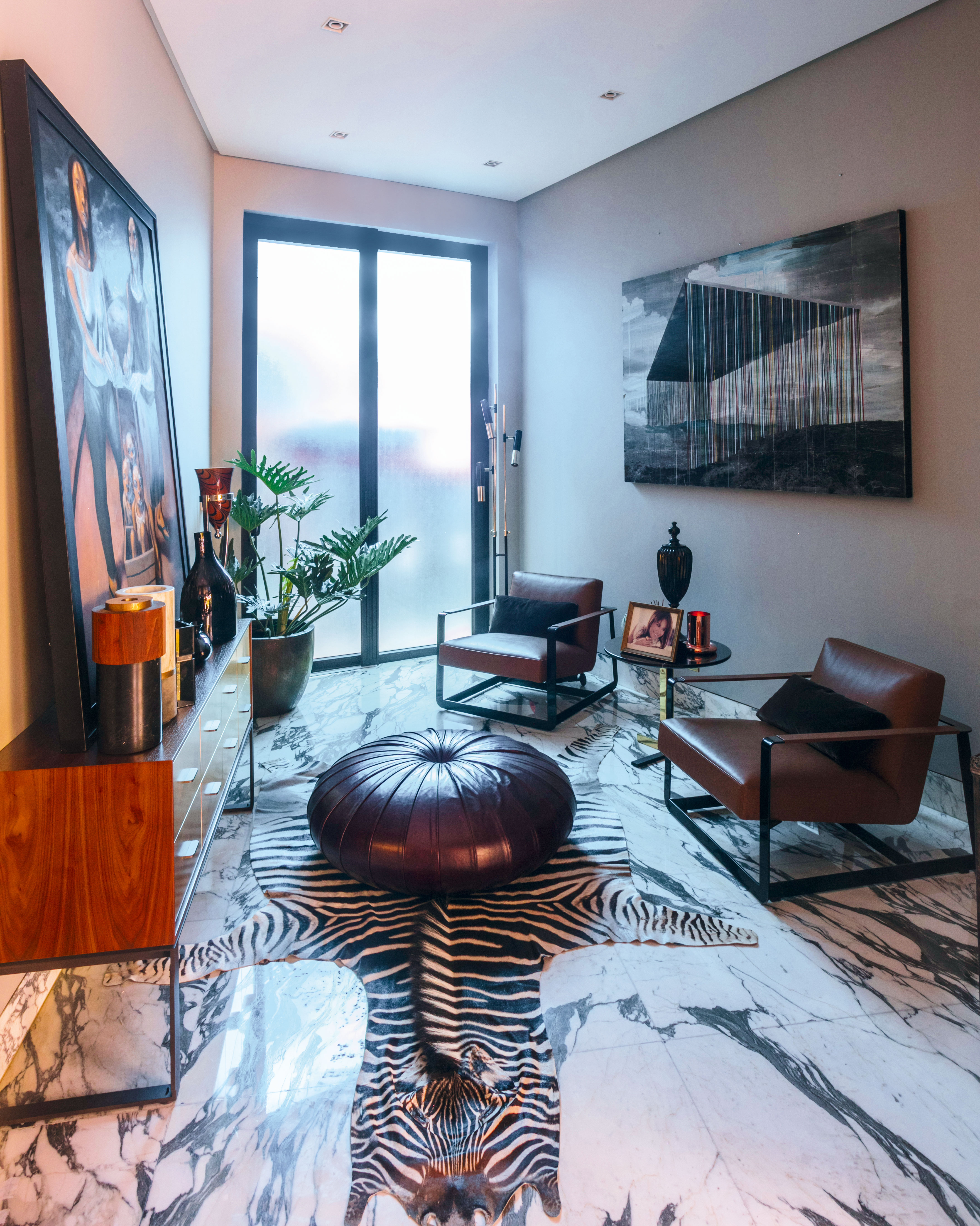
Their Makati home features a more diverse mix of subject matters, ranging from horses, foxes, people, children, and even, believe it or not, an impressionist visage of a pope emeritus.
And while not a few collectors are motivated to buy artworks either because of their potential to appreciate in value or the artists behind them are extremely popular, the Teos have always chosen pieces based primarily on what resonates with them as a couple.
Contemporary artists
Instead of investing, for instance, on artworks by Filipino masters, they’ve chosen to focus on paintings by more contemporary Filipino artists such as Elmer Borlongan, John Santos, Ronald Ventura, Buen Calubayan, Nica Acantilado, Raffy Napay and Jigger Cruz, among others.
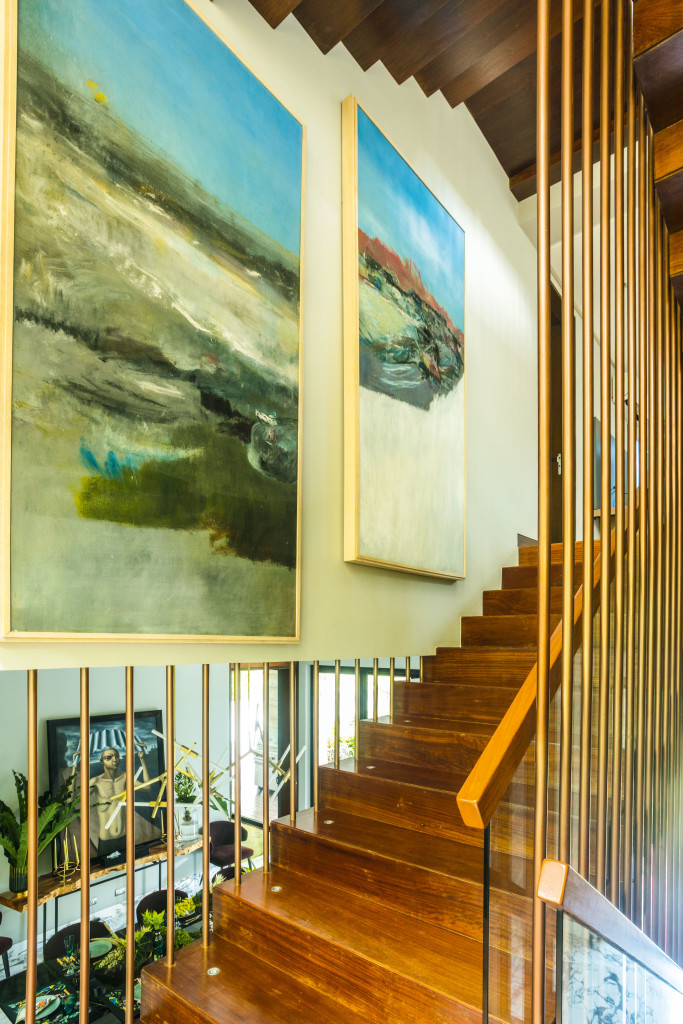
Aivee and Z sourced a good number of these pieces from local galleries such as Provenance and J Studio, which also happen to be their major partners in “Beauty Beyond Borders,” a regular outreach program the Aivee Group conducts to provide free medical assistance to poor Filipinos with skin disorders.
Each artwork has earned a special space in the Teo home, which the couple shares with kids Ken-Z, 11, Kenzo, six, and Keli, five. Cruz’s piece, for instance, a bold, four-paneled abstract work in mixed media, which the artist dubbed as “Four Seasons,” is the focal point of the family’s living room.
“Since we really don’t know which artworks would appreciate, acquiring them as a form of investment has never been a major consideration,” says Aivee. “What’s important to us is that we both like what we buy.”
It doesn’t matter if such paintings aren’t as pretty or as perfect in most people’s books, as long as these artworks “speak to me,” Aivee continues.
Z has a different way of describing the ideal painting. Since you’d go home to them at the end of a long working day, paintings that line your walls should be able to “give you that twinkle in the eye” every time you see them as you walk into a room, he shares.
If they don’t, then why even bother collecting and allotting precious space to them, he says. Another mark of a good painting, which, of course, varies depending on the eye of the beholder, is its ability to look and feel different every time you look at it.
Mutual decision
“I’ve always felt that since this is our home, Aivee and I should both have to like the artworks that go with it,” Z adds. “Overall, we’ve had quite a few disagreements when it comes to art.”
While Z is more open to various styles, moods and interpretations, Aivee doesn’t like works, which she feels look a tad “sad, morbid and heavy.”
But she’s a big fan of Borlongan’s works, while Z has expressed a liking for paintings by Santos and Ventura.
“Actually, I like them all,” he says with a chuckle. “I feel a bit of a sentiment for John Santos’ work over there because it was one of the first pieces Aivee and I acquired when I was still new to Filipino art.”
Santos and Ventura’s figurative works line the walls leading to the house’s staircase, while the walls that form part of the stairwell are lined by Calubayan’s five huge, interrelated and impressionist oil paintings, one of which features the image of a pope. That pope, we learn later, is none other than Pope Benedict XVI.
A number of paintings, mostly bright, happy and even whimsical ones, are also displayed in the upstairs common area as well as in each of their three children’s bedrooms. Since they’re still young, Ken-Z and his siblings have no opinion yet when it comes to art. But their parents have made it a point to expose them to art at a young age.
A family of doctors
“Maybe they would want to have certain pieces someday that would remind them of us,” says Aivee. “Z and I don’t know yet what their preferences are when it comes to art. What we do know is all of them want to become doctors.”
Z’s taste doesn’t favor paintings with bucolic rural scenes featuring rice fields, carabaos, riverside fishing and pretty barrio lasses a la Amorsolo’s, simply because they don’t resonate with him.
The usually articulate and perky Aivee seems at a loss for words trying to explain her admiration for Borlongan’s works. The couple are proud owners of two of his paintings.

“I really don’t know why,” says Aivee, who has yet to meet the artist. “Although his images may seem a bit distorted, for me they’re so alive. One area is brighter, while another part is not as much. He has this shadowing technique that’s unique to him.”
Adjacent to the living room is what Z describes as his “man cave,” a partly concealed space where works in oil by such artists as Borlongan, Demet de la Cruz and Zean Cabangis are proudly displayed.
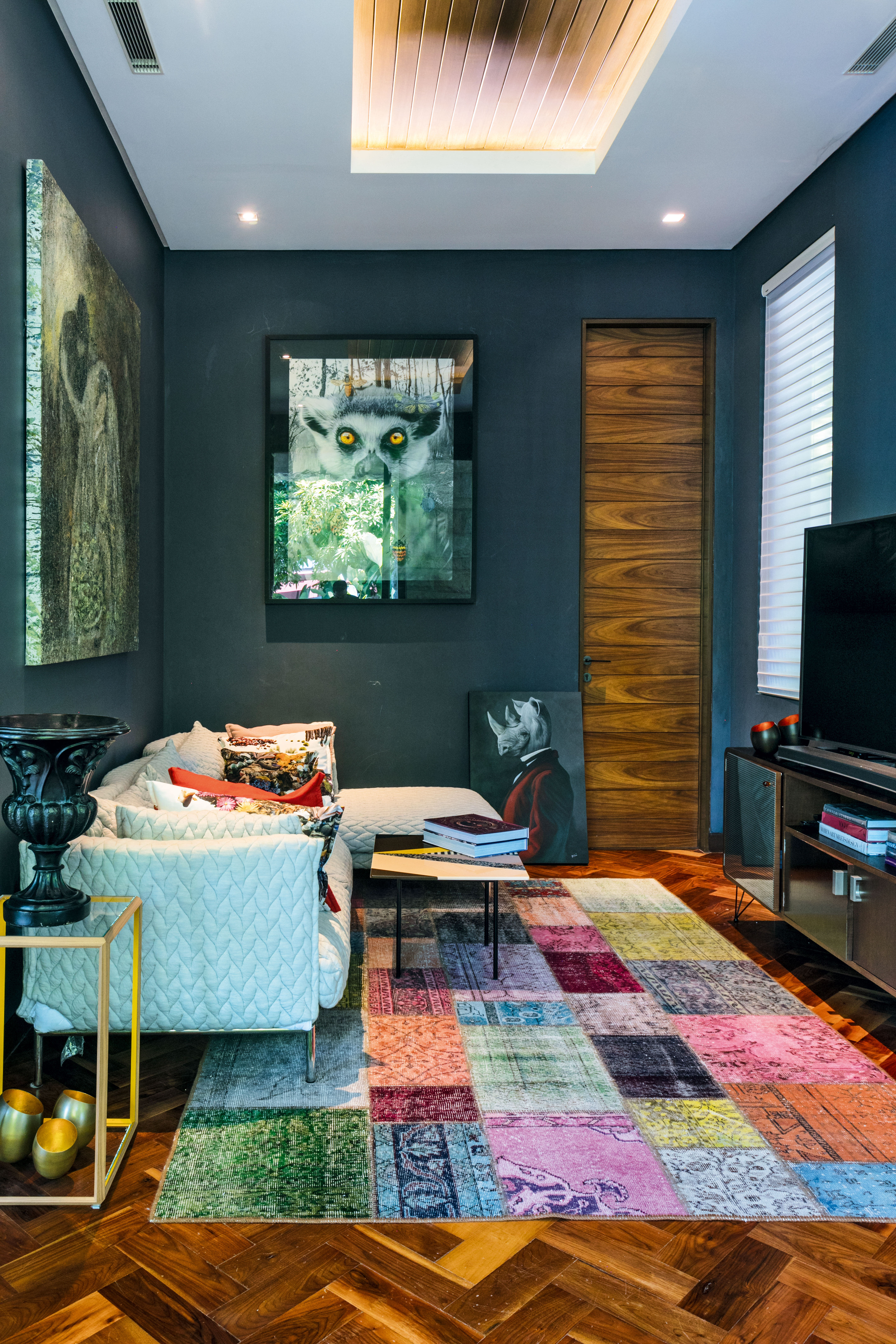
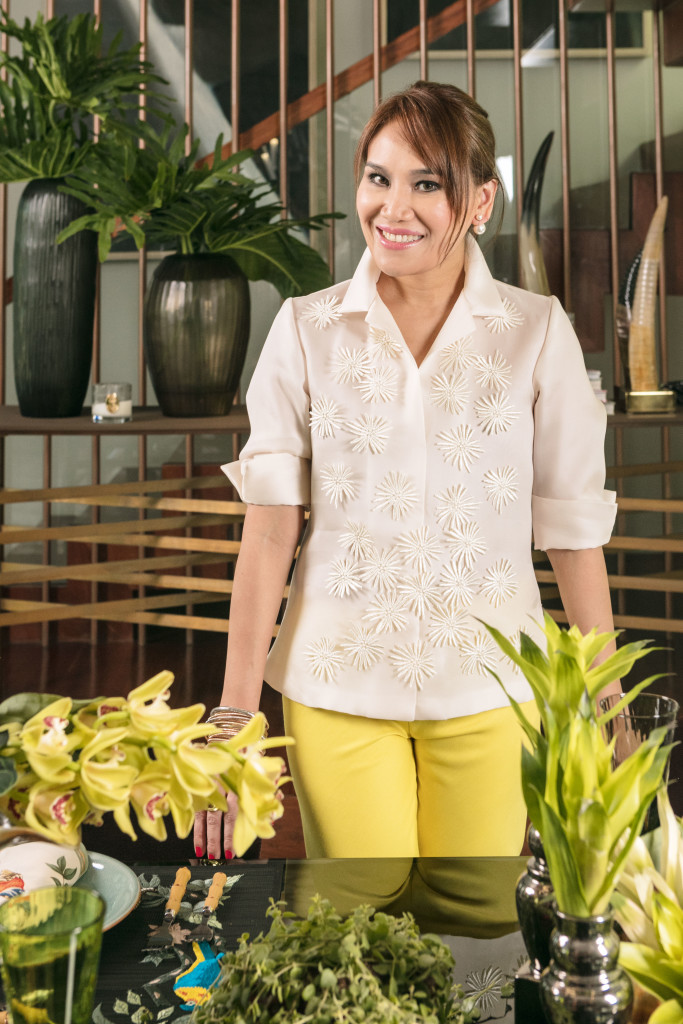
The couple isn’t into collecting pieces of sculpture, but one painting by Ventura comes with a carved frame the artist himself sculpted. It features heads of animals partially jutting out of the frame, as if echoing the painting’s subject — a hunter with a man’s body and an oversized cat’s head.
Advice to new collectors
Speaking of frames, Z advised aspiring collectors to invest in good ones. Some artworks don’t come with frames, so it’s important to find a good framer to help you frame them. Both Borlongan and Calubayan’s artworks, for instance, didn’t come with frames when the Teos bought them.
“A good frame makes the painting come alive,” he says. “And avoid stacking your paintings. What’s the point of buying so many paintings when they end up stacked somewhere in your house where no one could see them?”
“There isn’t a single piece of artwork that’s stacked in this house,” Aivee chimes in. “If you’re new to collecting art, it’s important to do it slowly. Don’t rush! Don’t get swayed into buying something because you feel that it would appreciate. If it does, well and good. Z and I appreciate and enjoy a particular artwork for what it is. First and foremost, you have to enjoy it.”
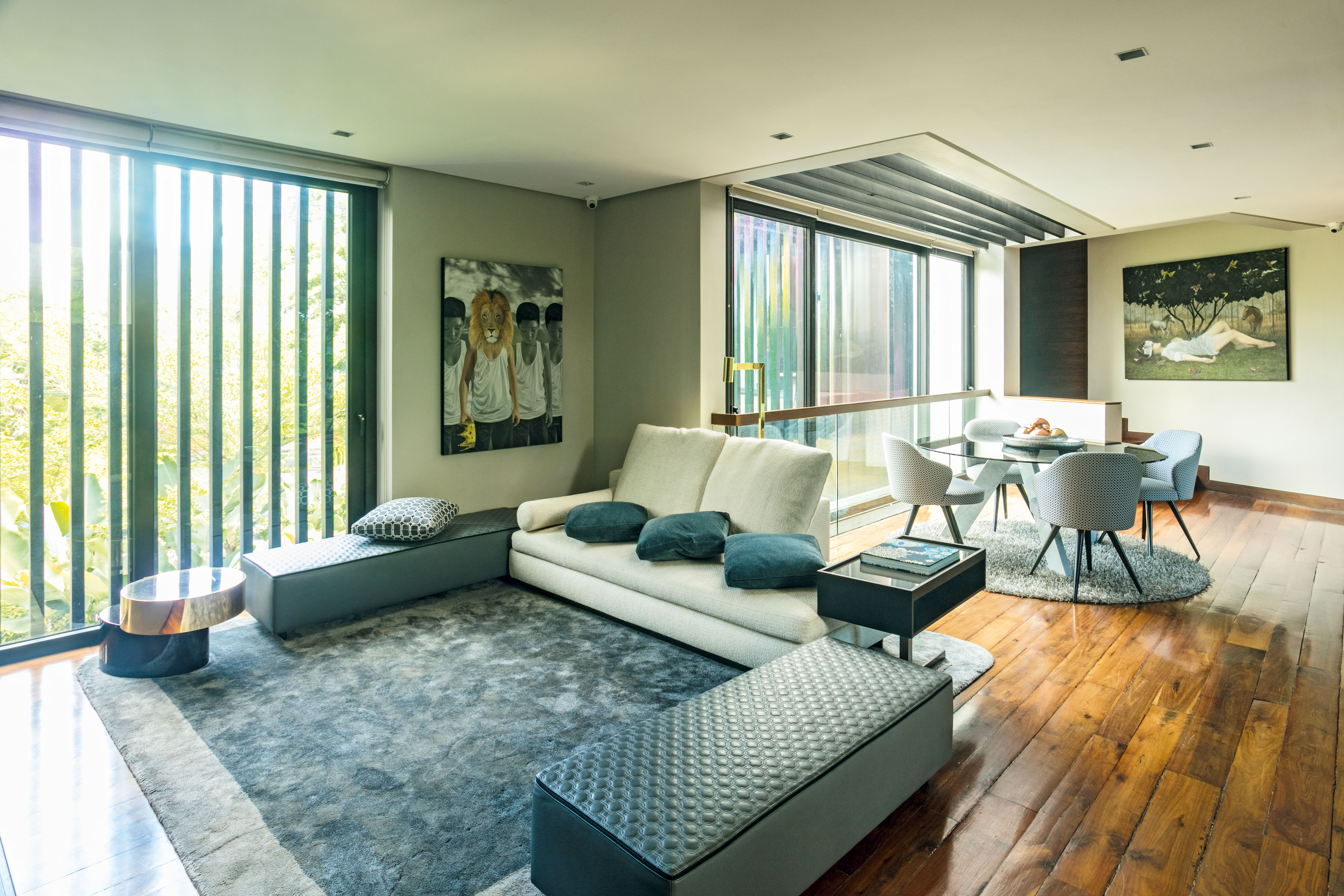


Styling by Inno Sotto and Ian Giron
Makeup and grooming by Patrick Rosas
Hair by Ruel Perez





